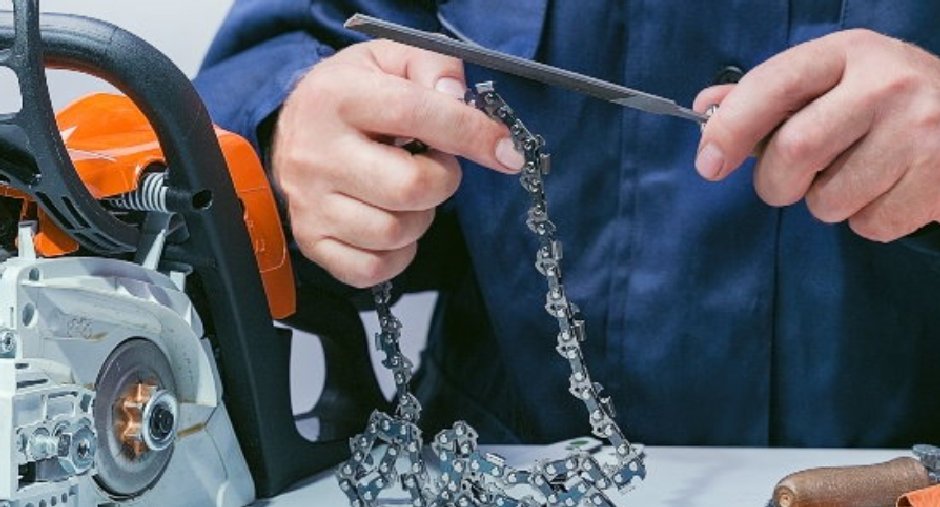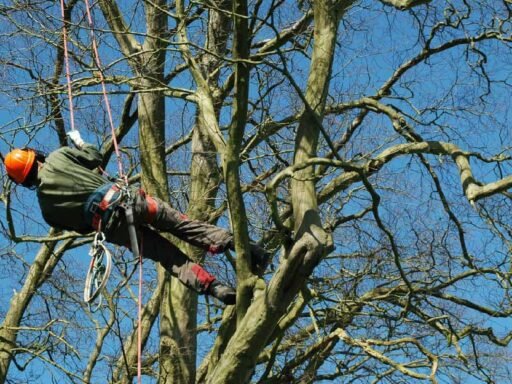Maintaining a chainsaw is not only crucial for its performance but also for the safety of the user. The lifespan of a chainsaw chain can be significantly extended through proper upkeep and handling. Regular maintenance involves a series of steps that ensure each component functions as intended, and it starts by recognizing the importance of the chain itself. As the primary cutting component, the chain requires attention to detail to maintain its sharpness and effectiveness.
The chain is subjected to extreme conditions that can lead to wear and tear. Dust, debris, sap, and the constant friction against wood and guide bars can all dull the chain prematurely. To combat this, simple practices such as proper lubrication, regular tension adjustments, thorough cleaning, and timely sharpening are necessary to preserve the chain’s condition. For those needing robust replacements, high-quality products, such as chainsaw chains from Jono & Johno offer a wide range of options that cater to differing chainsaw models and usage requirements. They can be a go-to solution for ensuring that chainsaw users have the right equipment for their maintenance routines. This contrasts sharply with lower-quality chains, which may be less reliable, wear out more quickly, and result in rougher cuts. For chainsaw users focused on regular maintenance and demanding tasks, investing in well-crafted chains ensures not only efficiency but also safety during operation.
Key Takeaways
- Proper lubrication and tension adjustments are essential.
- Regular cleaning and sharpening prolong chain life.
- Quality replacements enhance chainsaw efficiency.
Fundamentals of Chainsaw Chain Maintenance
Maintaining the efficiency, performance, and safety of your chainsaw hinges on understanding key maintenance practices. Proper maintenance extends the lifespan of chainsaw chains and ensures optimal function.
Understanding Chainsaw Chains and Their Components
Chainsaw chains are intricate elements consisting of drive links, cutting teeth, and depth gauges. Each component works in harmony to deliver a precise cut. Regular inspection can reveal signs of wear and tear which, if addressed promptly, can prevent vibration and inefficiency during operation.
Choosing the Right Chain for Your Chainsaw
Selecting a chain involves knowing the type of wood you’ll be cutting and understanding chain tension, pitch, and drive links. A chain that matches your saw’s specifications and the wood’s hardness maximizes cutting efficiency and reduces the risk of premature wear.
The Importance of Regular Cleaning and Lubrication
Cleaning goes beyond aesthetics; it removes debris that can dull a chain or cause dangerous vibration. Use a soft brush or cloth to clean after use. Lubrication is crucial—apply the right oil to the chain to minimize friction and heat buildup. Always check oil levels before use and lubricate the chain regularly to maintain longevity and effectiveness.
Advanced Chain Maintenance Techniques
To ensure optimal performance and extended chainsaw chain life, advanced maintenance techniques are essential. From precise sharpening to meticulous tensioning, these methods are critical for professionals and committed chainsaw operators alike.
Mastering the Art of Chain Sharpening
Sharpening the chain is a fundamental skill for maintaining a chainsaw. For peak performance, each tooth must be sharpened at the same angle and to the same length. This prevents uneven cuts and maintains the balance of the chain. Depth gauges between the teeth need regular checking and adjusting to ensure proper cutting techniques.
Proper Tension Adjustment and Why It Matters
Correct chain tension is crucial for safety and efficiency. A chain that’s too tight can cause overheating and wear both the chain and the bar. Conversely, a loose chain could lead to accidents or come off the bar entirely. Periodic tensioning during use accounts for the chain’s excessive stretching and friction.
Replacement and Upkeep: Maximizing Chain Longevity
Chainsaw chains don’t last forever—replaced when signs of wear like damaged or missing teeth are evident. Consistent usage frequency, correct chain size, and right oil application are factors in chainsaw chain lifespan. Professional users should consider professional inspection for signs like excessive vibration, difficulty in cutting, or sawdust instead of wood chips, indicating it’s time for replacement to save money in the long run and keep the chainsaw running smoothly.
Conclusion
Chainsaw chains require regular attention to ensure both safety and efficiency in operation. It’s clear that proper cleaning, sharpening, and tensioning serve as the foundation for extending a chain’s lifespan. Chainsaw users should remember that investing in a high-quality chain and maintaining it with care will significantly enhance durability and performance. Through diligent maintenance practices, operators will maintain their chainsaw’s efficacy, contributing to better, safer, and more cost-effective woodcutting experiences.






